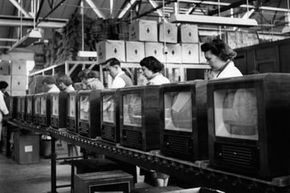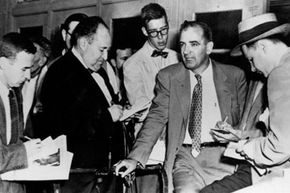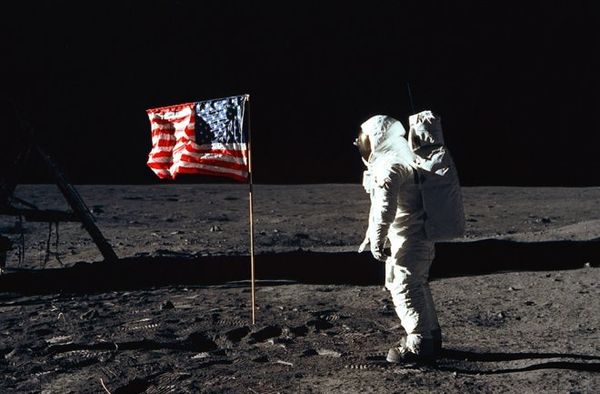For many of us, it's probably hard to imagine a time when there wasn't a television in the living room, telling us stories and keeping us connected to the world. In fact, television probably consumes a bit more of our time than we'd like to think! Of course, these days, we hear so much about streaming media and the technological advances bearing down on us that television can seem almost quaint, even with all the power -- and cash -- it still commands.
But only 50 years ago, television was in its infancy. The deprivation of the Great Depression, followed by the global iniquities and tragedies of World War II, led to a period of prosperity and consumerism that had effects on American society that we're still learning about. In the wake of the war, cultural changes swept the country, including changes in the way we make and watch television. And in its turn, television changed -- and continues to change -- the way we interact with each other.
Advertisement
The first television sets, stations and networks were already being built before the war. During the war, most -- but not all -- television production ceased. But afterward, television and the new, post-war vision of America contributed to the creation of the world in which we live today.
In April of 1942 (when about 5,000 television sets were in operation), production of new televisions, radios and other civilian broadcasting equipment was suspended until August of 1945. But by 1947, there were about 44,000 TVs, and that number swelled to 940,000 in 1949 and 20 million in 1953. Regular broadcasts on the first network, DuMont, began in 1946, and the major networks -- NBC, CBS and ABC -- were all up and running by 1948 [source: Douglas].
On the next few pages, we'll look more deeply into this period in the history of American television and its place in post-war society.
Advertisement




